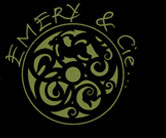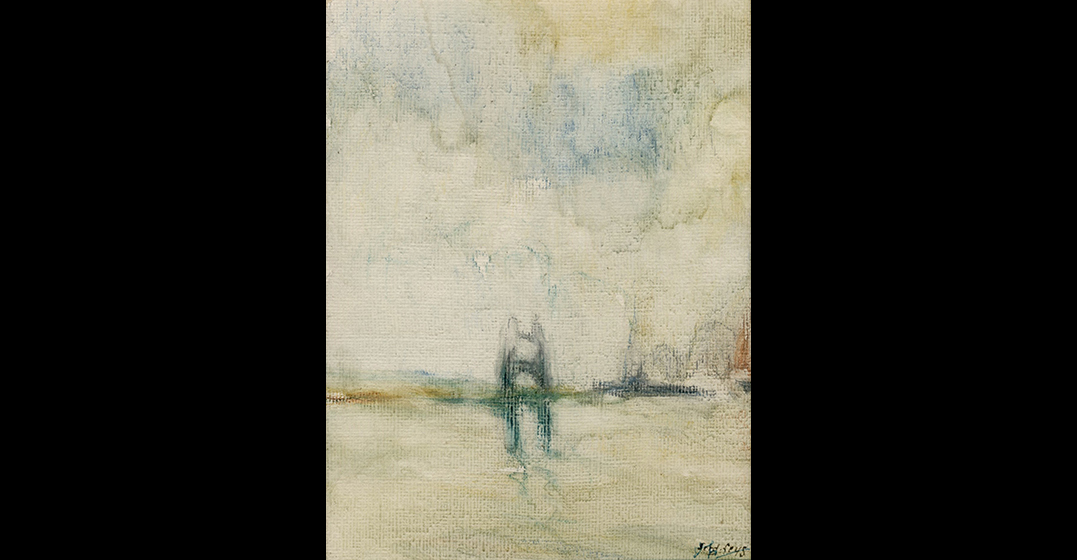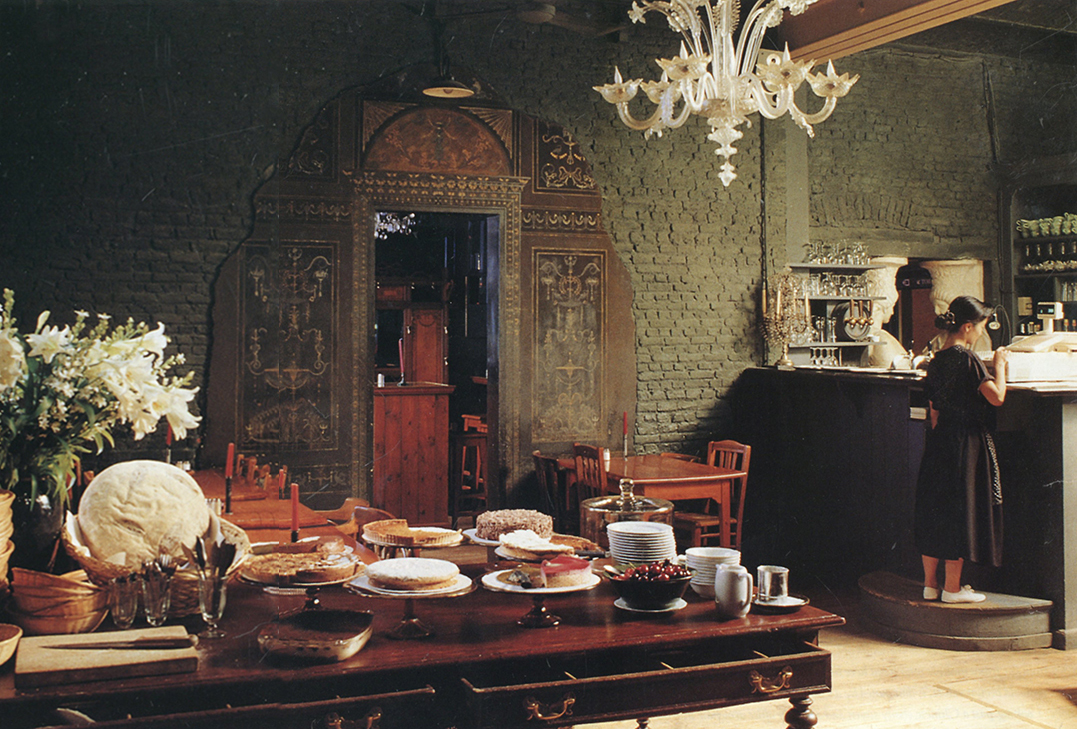
For a long time, I painted walls with lime, discovering its velvety appearance, which seemed
to magically erase the confinement of walls. But lime is dusty and volatile,
a rather archaic way of life that was difficult to offer my clients!
Moreover, the colours are very limited, especially when you want to avoid toxic pigments.
In the early 1980s, I discovered a small artisanal paint factory in Brussels,
the Linkckx Paonlin company, which had developed the most matte paint imaginable in 1934.
Specially designed to prevent glare on cinema facades, and theater and television studio sets,
it perfectly met my aesthetic criteria.
I then began mixing paints for my clients from their paint range.
I was thus able to thoroughly test the durability and quick application of their products.
It was only natural, then, to ask them to manufacture my paints when I wanted to market
my own range of colours in 1996 for the EMERY&Cie brand.
But when, after 28 years, the story abruptly ended in 2024, I had to pick up my backpack and find another manufacturer.
Fortunately, in the meantime, many more or less artisanal brands had developed with similar criteria to mine.
So I quickly came across the ARGILE brand, which also had the enormous advantage
of finally being able to offer bio-sourced quality.
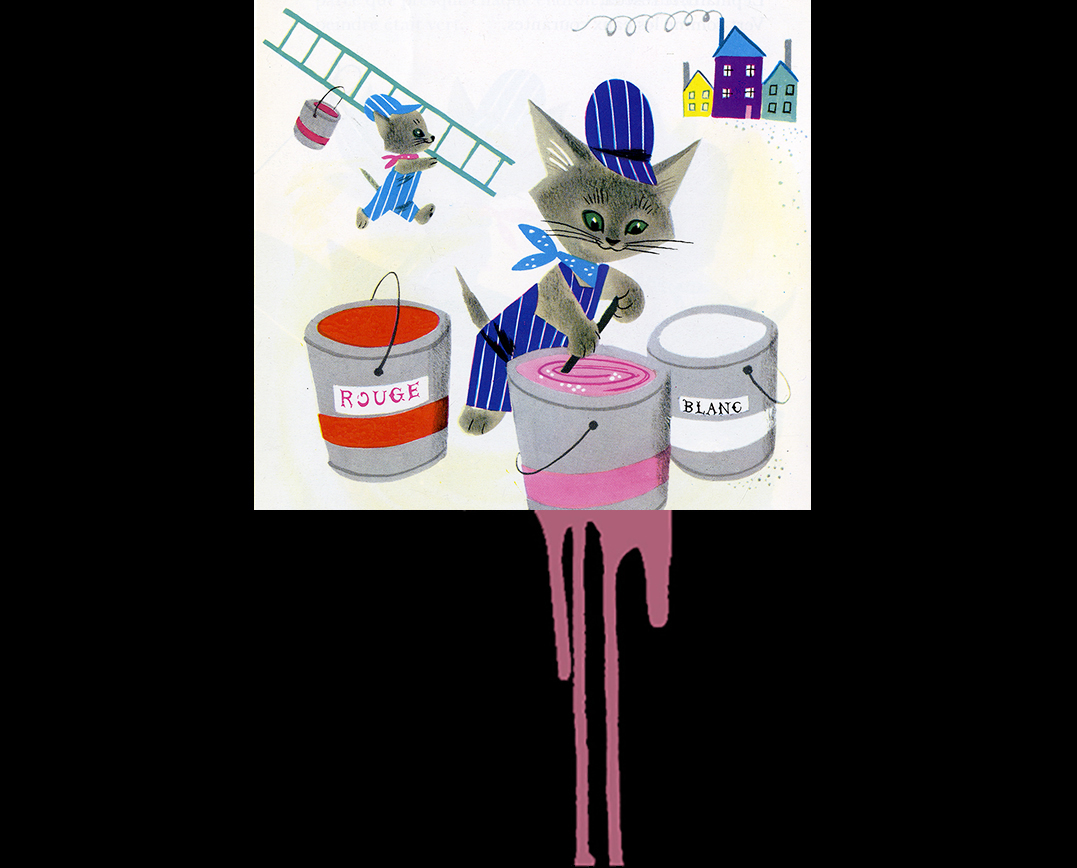
Painting has been with me all my life; I even worked as a “decorative painter”for years,
creating frescoes and patinas in my own way (they were more like
glazes obtained by superimposing colours using the old masters’ technique on an easel).
So it was only natural for me to create a range of colours; I simply had to draw on my experience.
And perhaps this is precisely what differentiates my range from all the other ranges
that have flourished since: it’s not the result of research in a design studio,
but the living traces in my memory of memories of so many construction sites
frolicking on scaffolding (like “The Scribbler Kittens”).
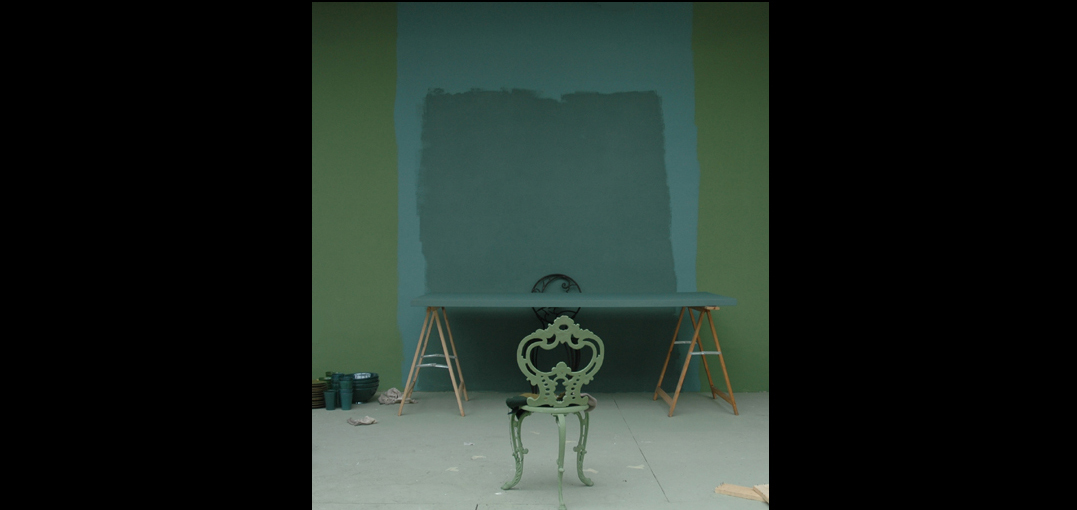
I’d like to conclude by saying where these colours come from.
My long-term visits to museums and books must play a large part in this, but more often than not,
it’s “the colour of the water in the canal opposite the Chien-Vert” that will be a source of inspiration,
or a too-pale Belgian sky, or… but the names of the colours sometimes tell the story just as well.

